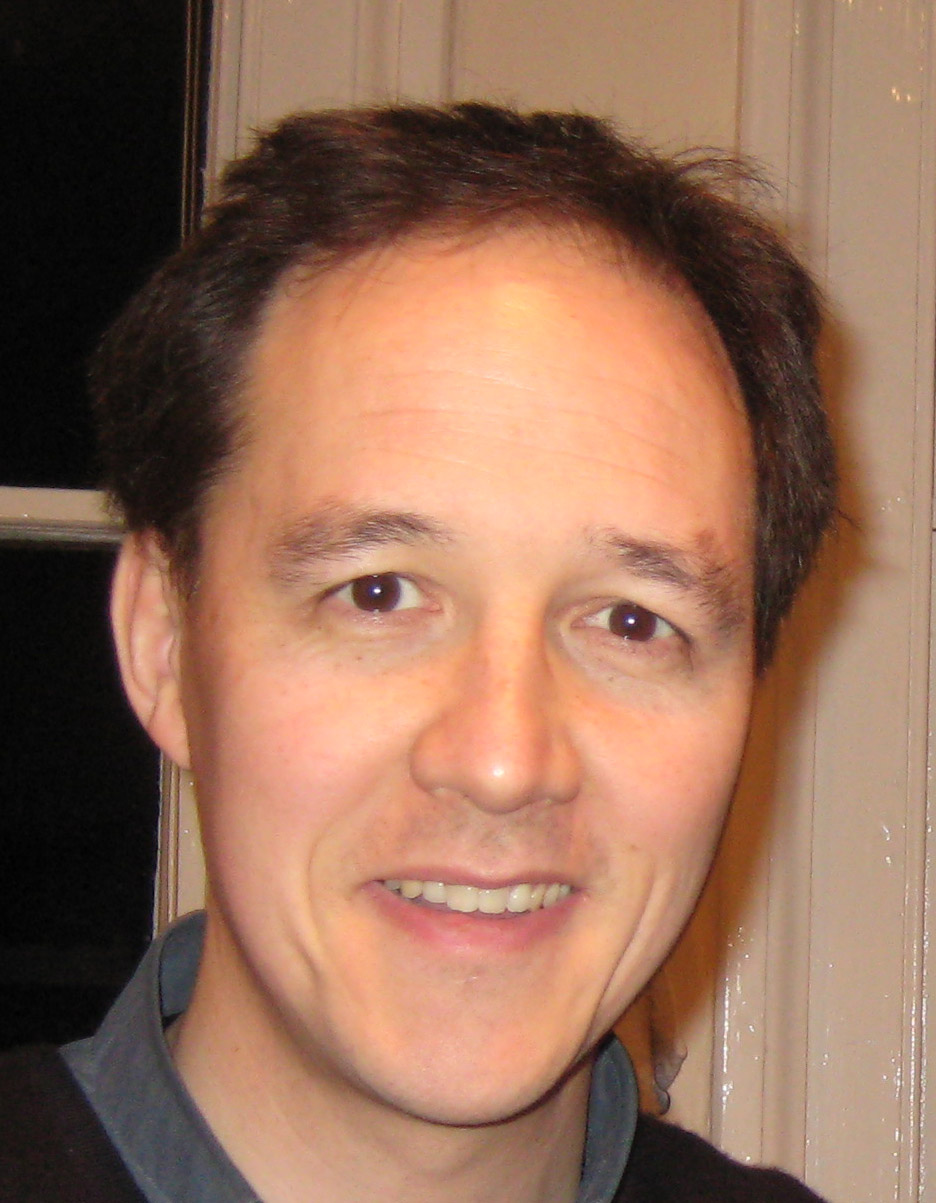Are you, at least in relation to most of the human population, WEIRD (Western, Educated, Industrialised, Rich, and Democratic)? Then it’s likely that culturally and politically you are a left-leaning liberal whose highest values are autonomy, self-realisation, social justice and fairness. And you are probably suspicious when people appeal to religion, human nature or the well-being of any non-inclusive group to justify their values and political agenda.
David Goodhart reviews The Righteous Mind by Jonathan Haidt.
Haidt is a liberal who wants his political tribe to understand humans better. His main insight is simple but powerful: liberals understand only two main moral dimensions, whereas conservatives understand all five. (Over the course of the book he decides to add a sixth, liberty/oppression, but for simplicity’s sake I am sticking to his original five.)
Liberals care about harm and suffering (appealing to our capacities for sympathy and nurturing) and fairness and injustice. All human cultures care about these two things but they also care about three other things: loyalty to the in-group, authority and the sacred.
As Haidt puts it: “It’s as though conservatives can hear five octaves of music, but liberals respond to just two, within which they have become particularly discerning.” This does not mean that liberals are necessarily wrong but it does mean that they have more trouble understanding conservatives than vice versa.
The sacred is especially difficult for liberals to understand. This isn’t necessarily about religion but about the idea that humans have a nobler, more spiritual side and that life has a higher purpose than pleasure or profit. If your only moral concepts are suffering and injustice then it is hard to understand reservations about everything from swearing in public to gay marriage—after all, who is harmed?
Haidt and his colleagues have not just plucked these moral senses from the air. He explains the evolutionary roots of the different senses from a close reading of the literature but has also then tested them in internet surveys and face to face interviews in many different places around the world.
Morality “binds and blinds,” which is why it has made it possible for human beings, alone in the animal kingdom, to produce large co-operative groups, tribes and nations beyond the glue of kinship. Haidt’s central metaphor is that we are 90 per cent chimp and 10 per cent bee—we are driven by the “selfish gene” but, under special circumstances, we also have the ability to become like cells in a larger body, or like bees in a hive, working for the good of the group. These experiences are often among the most cherished of our lives.
One of my most politically liberal friends read this book and declared his world view to be transformed. Not that he was no longer a liberal but now “he couldn’t be so rude about the other side, because I understand where they’re coming from.” This will be music to Haidt’s ears as the book was written partly as an antidote to the more polarised American politics of the past 20 years, marked by the arrival of Bill Clinton and the liberal baby boomers onto the political stage.
The American culture wars began earlier, back in the 1960s, with young liberals angry at the suffering in Vietnam and the injustice still experienced by African-Americans. But when some of them adopted a style that was anti-American, anti-authority and anti-puritanical, conservatives saw their most sacred values desecrated and they counter-attacked.
Some conflicts are unavoidable and Haidt is not suggesting that liberals should stop being liberal—rather, that they will be more successful if instead of telling conservatives that their moral intuitions are wrong, they seek to shift them in a liberal direction by accommodating, as far as possible, their anxieties.
I’m not sure about this. It suggests that those on the right – politically and culturally – have a bigger, better, clearer and richer view of the complexity of human life and motivation, and that those with a liberal mentality focus on too narrow a range of social values. But if a more naturally conservative thinker fails, say, to be troubled by income disparity or the possession of first-strike nuclear weapons, doesn’t this reveal a moral blind-spot or a failure to recognise certain fundamental social values? Or at least, wouldn’t someone on the left think that?
It also suggests that those on the left are less likely to be religious – and we disproved this in a recent post.


















